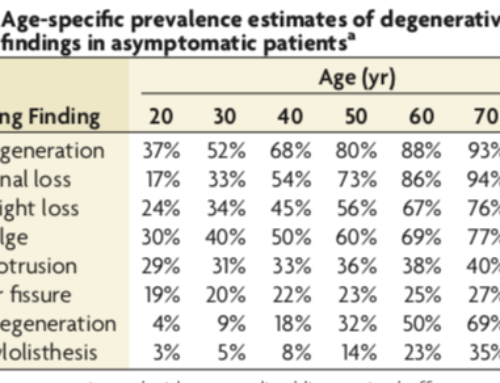Opioids have gained a lot of publicity in the news for adverse side-effects with long term use and addiction. The American Physical Therapy Association has some great information on how physical therapy can help with pain management, as well as some references of adverse side-effects to be aware of for those taking opioids.
PTSR effectively treats chronic pain with warm water aquatic therapy, manual therapy, exercise, as well as many other interventions.
Physical Therapy vs Opioids: When to Choose Physical Therapy for Pain Management
According to the Centers for Disease Control and Prevention (CDC), sales of prescription opioids have quadrupled in the United States, even though “there has not been an overall change in the amount of pain that Americans report.”
In response to a growing opioid epidemic, the CDC released opioid prescription guidelines in March 2016. The guidelines recognize that prescription opioids are appropriate in certain cases, including cancer treatment, palliative care, and end-of-life care, and also in certain acute care situations, if properly dosed.
But for other pain management, the CDC recommends non-opioid approaches including physical therapy.
Patients should choose physical therapy when …
- … The risks of opioid use outweigh the rewards.
Potential side effects of opioids include depression, overdose, and addiction, plus withdrawal symptoms when stopping opioid use. Because of these risks, “experts agreed that opioids should not be considered first line or routine therapy for chronic pain,” the CDC guidelines state. Even in cases when evidence on the long-term benefits of non-opioid therapies is limited, “risks are much lower” with non-opioid treatment plans. - … Patients want to do more than mask the pain.
Opioids reduce the sensation of pain by interrupting pain signals to the brain. Physical therapists treat pain through movement while partnering with patients to improve or maintain their mobility and quality of life. - … Pain or function problems are related to low back pain, hip or knee osteoarthritis, or fibromyalgia.
The CDC cites “high-quality evidence” supporting exercise as part of a physical therapy treatment plan for those familiar conditions. - … Opioids are prescribed for pain.
Even in situations when opioids are prescribed, the CDC recommends that patients should receive “the lowest effective dosage,” and opioids “should be combined” with non-opioid therapies, such as physical therapy. - … Pain lasts 90 days.
At this point, the pain is considered “chronic,” and the risks for continued opioid use increase. An estimated 116 million Americans have chronic pain each year. The CDC guidelines note that non-opioid therapies are “preferred” for chronic pain and that “clinicians should consider opioid therapy only if expected benefits for both pain and function are anticipated to outweigh risks to the patient.”
Before you agree to a prescription for opioids, consult with a physical therapist to discuss options for non-opioid treatment.
“Given the substantial evidence gaps on opioids, uncertain benefits of long-term use and potential for serious harm, patient education and discussion before starting opioid therapy are critical so that patient preferences and values can be understood and used to inform clinical decisions,” the CDC states.
Physical therapists can play a valuable role in the patient education process, including setting realistic expectations for recovery with or without opioids.
Related Resources:
- Health Center on Opioid Use for Pain Management
- CDC Recommends Physical Therapy and Other Nondrug Options for Chronic Pain
- Using Opioids for More Than 30 Days Could Increase Depression Risk
- Widespread Pain is Creating Widespread Prescription Drug Use
- Health Center on Pain
The American Physical Therapy Association launched a national campaign to raise awareness about the risks of opioids and the safe alternative of physical therapy for long-term pain management.







Leave A Comment